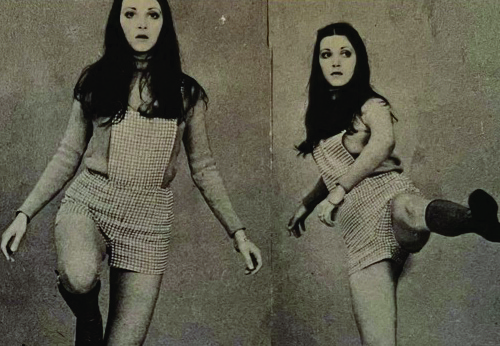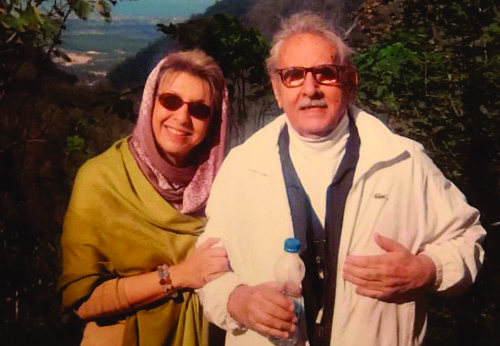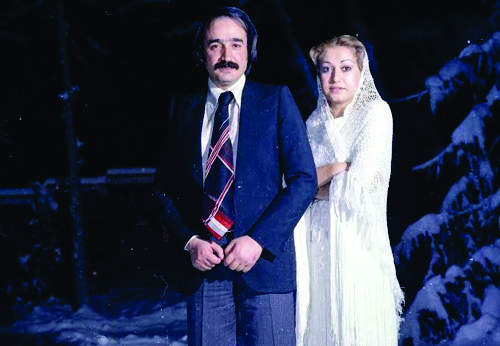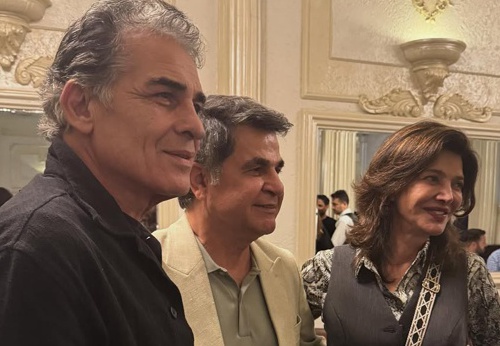The shared genetic continuity of Persians has been preserved for five thousand years
This research, which analyzed whole-genome data and compared it with global and regional datasets as well as ancient DNA, demonstrates that Persia has long been a meeting point of races, cultures, and languages. Nevertheless, it has largely maintained a distinct genetic identity. By closely examining 11 major Persian populations—including Persians, Azeris, Kurds, Gilaks, Mazandaranis, Lurs, Arabs, Baloch, Turkmens, Sistanis, and Persian Gulf islanders—the researchers arrived at intriguing conclusions that could serve as a foundation for future studies in medical genetics, archaeology, and linguistics.
The existence of a “central genetic identity” Most of the studied groups belong to a shared genetic structure referred to as the “Persian Central Cluster.” This cluster, which shows the greatest genetic similarity with Europeans, includes Persians such as Persians, Azeris, Kurds, Gilaks, Mazandaranis, Lurs, and even Arabs and Zoroastrians. The genetic commonalities among these groups indicate their relatively shared and local origins, which, contrary to expectations, also encompass Persian Arabs and Azeris within this cluster. On a global scale, Persians belonging to the Persian Central Cluster exhibited the highest genetic similarity with Europeans.





